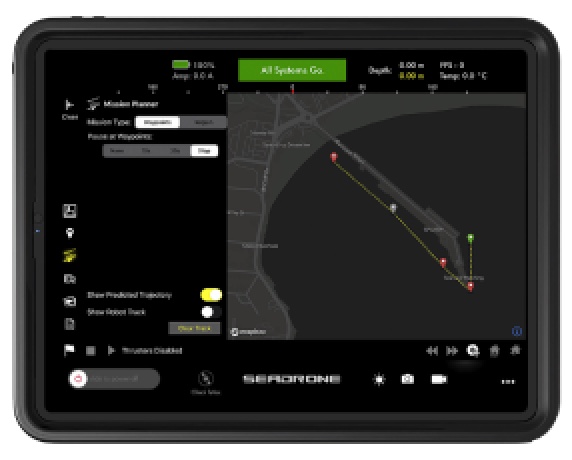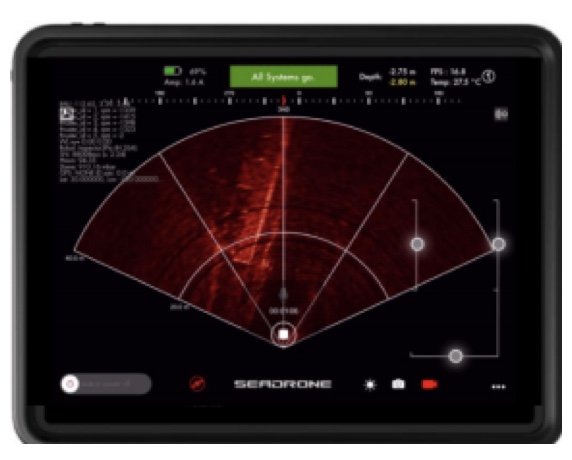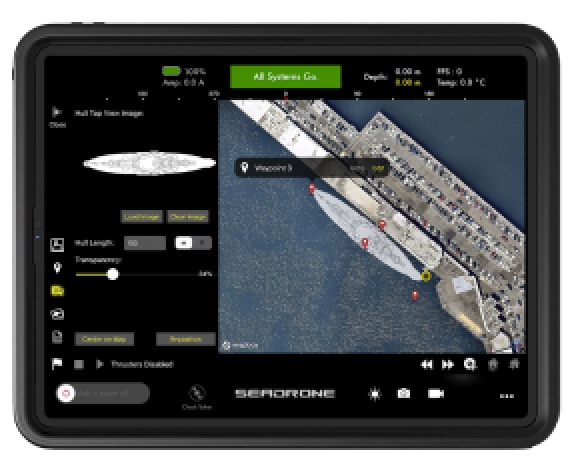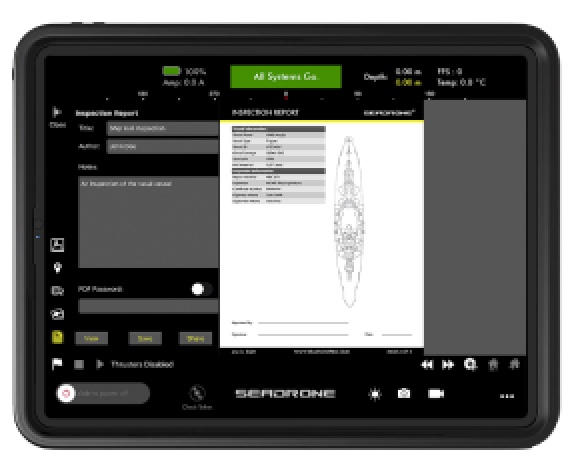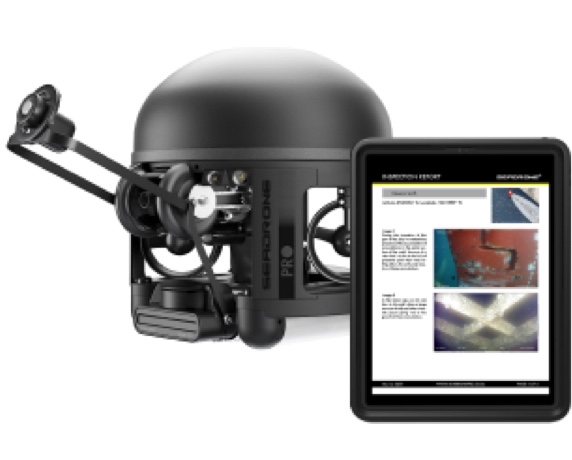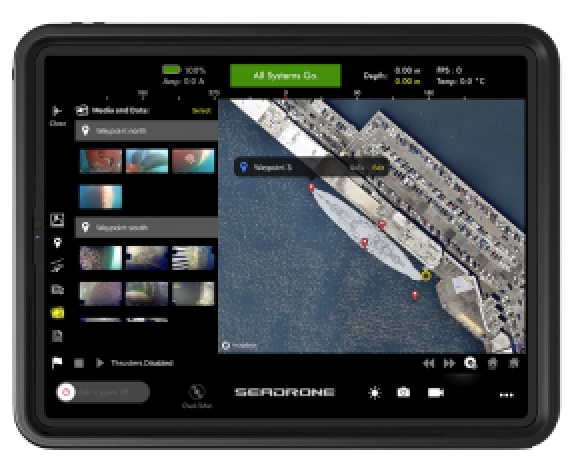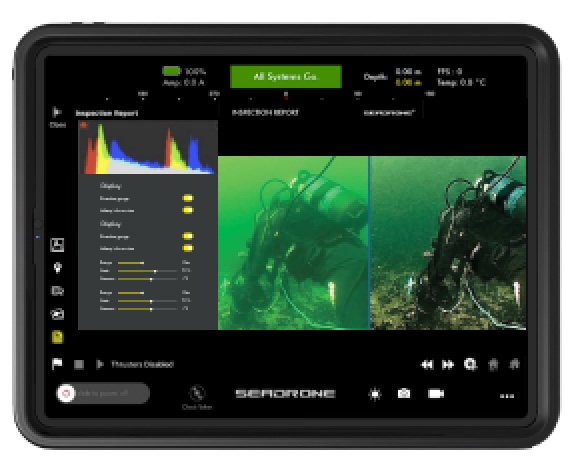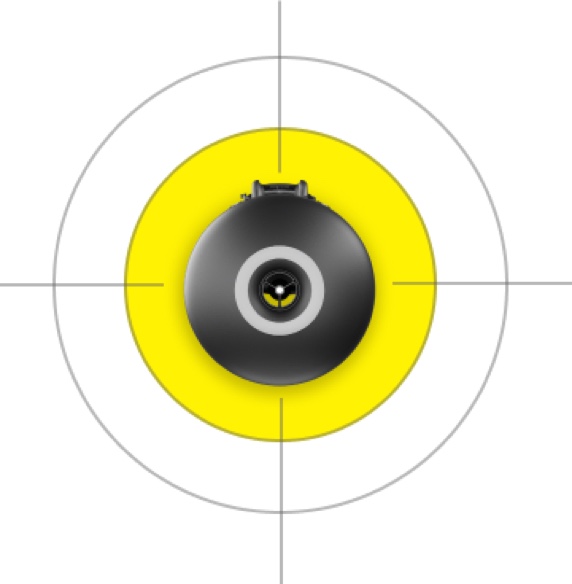Robotics to Play a Bigger Role in Marine Coatings Technology
September, 2020
Marine coatings are a type of commercial use protective paint applied to surfaces exposed to or immersed in fresh, brackish, or saltwater, most commonly to ships or water-immersed structures such as offshore oil rigs. Marine coatings are specially designed to prevent biofouling – the buildup of marine organisms like barnacles or algae. Good marine coatings decrease a ship’s drag and increase fuel efficiency by as much as 35 percent, leading to lower operation costs and CO2 emissions.
The world marine coatings market is projected to be worth $19 billion by 2024, with the largest area of growth in the past decade in the Asia-Pacific region, particularly as China has built its fleet to be the world’s second-largest by gross tons and constructing over a third of the world’s vessels in 2019. Five companies dominate the coatings market: AzkoNobel (through their International Paint), Chugoku Marine Paints, Hempel’s Marine Paints, Jotun, and PPG. Each of these has unveiled a series of coating products – from antifouling to fouling release – that have evolved to meet the market’s needs and adhere to successive international and environmental regulations.
In a move toward offering full solutions and guarantees (see a former SeaDrone blog related to this topic), coating companies find themselves in a position in which they need to systematize the entire coating product – from painting, to frequent inspections, to cleaning. Robotics offer a unique and timely solution to this need.
Robotics as the next step in Marine Coatings Evolution
As a next step in the evolution of marine coatings and hull maintenance, the market seems poised to increasingly adopt more robotic technology, notably with Jotun’s March 2020 release of the HullSkater for coatings maintenance and hull cleaning that has garnered significant media and market attention.
Robots are used for in-water hull maintenance, pressure washing old coatings and re-painting ship hulls while in dry dock, or for doing other hull maintenance while the ship is in dry dock or during UnderWater Inspections In lieu of Dry-docking (UWILD) surveys such as removing the fouling after the organisms have already attached. Robotic use in marine coatings is still a burgeoning field with much room for growth.
One of the exciting developments in this field was in July 2019, when Hapag-Lloyd, a German container shipping company, began testing Hull Treatment Carrier (HTC) ship-painting robots with nine of its ships, at shipyards in Hamburg, Marseilles, and Singapore. The HTC system is from the Austrian manufacturer Palfinger and is made up of several automated units that travel along the side of the ship’s hull while it is in dry dock. It removes old layers of paint from the hull with extremely high water pressure and then evenly applies new paint. This solves the problem of uneven painting by human hand and decreases coating costs. The quality of the paint coating is determined by two factors: a smooth surface and the paint application itself. For the best application of paint, the individual layers must be applied exactly at right angles to the surface to minimize overspray – spray mist that spills over from the intended section to the neighboring surfaces and making those sections rough.
Cleaning Robots
Besides Jotun’s cleaning robot, other systems currently on the market include the CleanROV, Mini-Pamper and HullWiper ROV, and Fleet Cleaner. The EFTCoR family of robots designed by DSIE offers an integral solution for hull blasting before repainting. The Automated Hull Maintenance Vehicle (AHMV) is an ROV that measures paint thickness.
The Robotic Hull Bio-inspired Underwater Grooming tool (Hull BUG), developed by SeaRobotics and funded by the US Navy Office of Naval Research (ONR), is a robotic crawler that performs frequent grooming through light cleaning of fouling films.
Inspection Robots
Besides painting and cleaning robots, the market has been burdened by the use of divers for ship hulls assessments. The questions around this task include:
When does the ship need to be cleaned?
How well is your coating performing?
Has your fleet efficiency declined due to biofouling?
While most cleaning robotic systems are very large - especially those that collect the ship’s fouling – an inspection robot is ideally small and easy to deploy, such as the suite of SeaDrone robots including the latest SeaDrone PRO released this month.
From Antifouling Coatings to Fouling Release Coatings
The first large-scale commercial use coatings were antifouling coatings. These evolved over centuries from their early form in the mid-1700s when thin sheets of copper were nailed onto ship hulls, to the modern antifouling paints that use cuprous oxide or other copper compounds in formulated paints. You need only to look at the color of most ship hulls to be reminded of the importance of copper as a key ingredient; historically copper paints were red, and most ship hulls remain red today.
Antifouling coatings excrete biocides (literally “life killing”) that kill organisms which would otherwise attach to the hull. The problem with this method is that anti-fouling coatings are often toxic and the materials they release are harmful to the environment. Once it was documented in the 1980s how anti-fouling coatings polluted the water column, disrupted the hearing systems of whales and other marine mammals, and severely impacted commercial oyster production, regulations were put in place to transition away from biocides. The most notable offender was Tributyltin, or TBT. The International Maritime Organization (IMO) established a ban on the application of TBT antifouling on ship hulls in 2003 in the International Convention on the Control of Harmful Anti-fouling Systems on Ships. Then from January 1, 2008, any presence of TBT on ship hulls was banned altogether.
Regulations on the marine coatings industry include IMO’s antifouling treaty, the Biocides Product Directive (BPD) in the EU, REACH in Europe, Solvents Emissions Directive (SED), and the SOLAS Performance Standard for Protective Coatings for dedicated sweater ballast tanks in all types of ships. In addition, the IMO launched IMO 2020 that lowered the amount of Sulphur allowed in fuel from 3.5% to 5%.
These regulations, along with more calls for sustainability and corporate social responsibility, forced industry chemists to innovate with less biocides, less solvents, and a smaller range of raw materials to include in their coating formulas.
The industry transitioned to fouling release coatings. Instead of using chemicals like TBT and copper compounds that excrete into the water column, fouling release coatings make it physically difficult for the organism to attach itself to the hull; the organisms can’t grab on tight enough or perceive the ship’s surface as so water-like that it is not even worth the attempt at attachment. The key with fouling release coatings lies in their reliance on the action of the water across their surface; ships need to be moving at speed for fouling release coatings to be effective. Organisms may latch on while the ship is in port, but will then slough off once the ship is going fast enough through the water. Most fouling release coatings are based on silicone hydrogel (such as Hempel’s Hempasil X3+ or PPG’s Sigmaglide 1290) or fluoropolymers (such as International Paint’s Intersleek 1100SR) that provide a low-friction, ultra-smooth surface.
Other materials such as silyl acrylate (used in Jotun’s SeaMate) and epoxy-polysiloxane (used in Jotun’s SeaLion Resilient) are also used in antifouling coatings.
The Future for Marine Coatings
Today different ships use different coatings according to their particular needs and the frequency with which they need to drydock or undergo inspection. Different sections or pieces of the ship may require different coatings. For example, seawater ballast tanks, propeller shafts, and bow thrusters all have different water exposure and flow over their surfaces and require corresponding coatings.
There are about 80,000 large merchant ships operating around the world, most of which require a hull cleaning about every two years depending on the region in which the ship trades, however, they are still operating on average about 15% less efficient than with a newly cleaned hull. The ships with the greatest need for long-term coating solutions are those operating in fouling rich waters and that have extended idle time. Harmful biofouling growth can take as little as two weeks to appear on a ship’s hull.
Coating technology has continually evolved to meet the market’s needs, from antifouling to foul release coatings, from copper plates used centuries ago to smooth paints that trick marine organisms into registering a ship’s hull as a water-like surface. The next step in this evolution is a greater use of robotics, from cleaning to painting to inspection robots such as the SeaDrone PRO. The use of robotics in marine coatings continues to be an exciting field worth watching.
To learn more, visit SeaDronePro.com.
Jotun Hull Skating Solutions
TecHullClean’s Crawler is brush-based and uses hydraulic suspension to ensure the brushes rotate with the right amount of pressure against the ship’s hull and coating system to effectively remove marine fouling. However, it’s operating mode is semi-hybrid, using a combination of a diver and external power supply.
The RovingBat ROV is a hybrid combing a traditional ROV with a crawler, which has a double dome cavitation system that allows the RovingBat to conduct high-pressure water cleaning and removing marine growths for the ship’s surface.
SeaDrone PRO is an inspection vehicle that is designed to be rapidly deployed to inspect subsea structures. The PRO’s new auto-focus and manual focus camera allows you to capture crisp photos and video even with particles in the water.
Journal of Materials Chemistry B / Schematic of marine AF coating approaches: (a and c) Biocide-release based strategies; (b and d) non-biocide-release based strategies. / Royal Society of Chemistry
Recent progress in marine foul-release polymeric nanocomposite coatings / ScienceDirect
